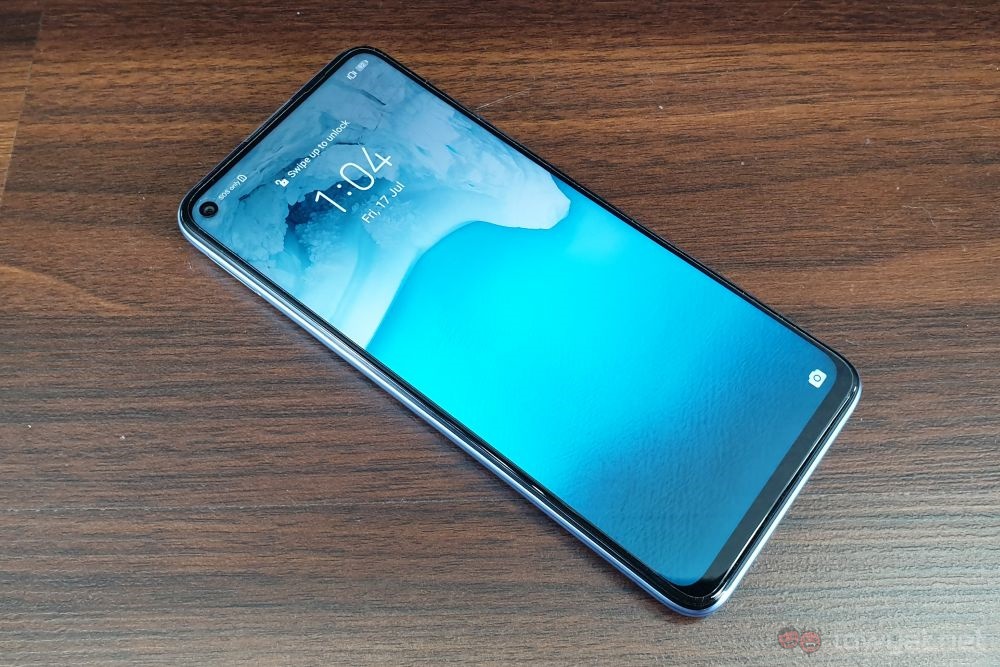Huawei’s nova line of phones is the company’s representative in the mid-range segment. And with the nova 7 and nova 7 SE, the company has given even its mid-range devices 5G capabilities.
The nova 7 SE is the lighter weight of the two, despite what the name will normally suggest. So with that out of the way, let’s see what the phone has to offer.
Specifications
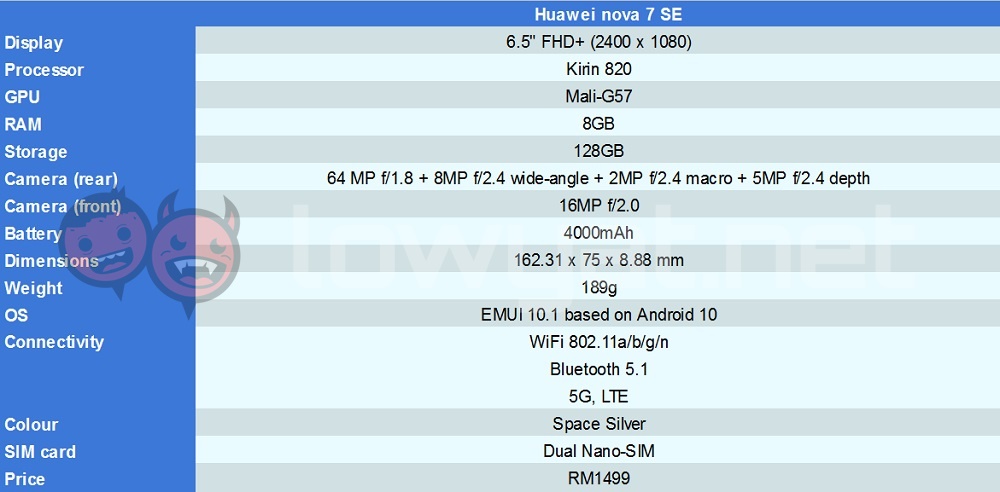
Design
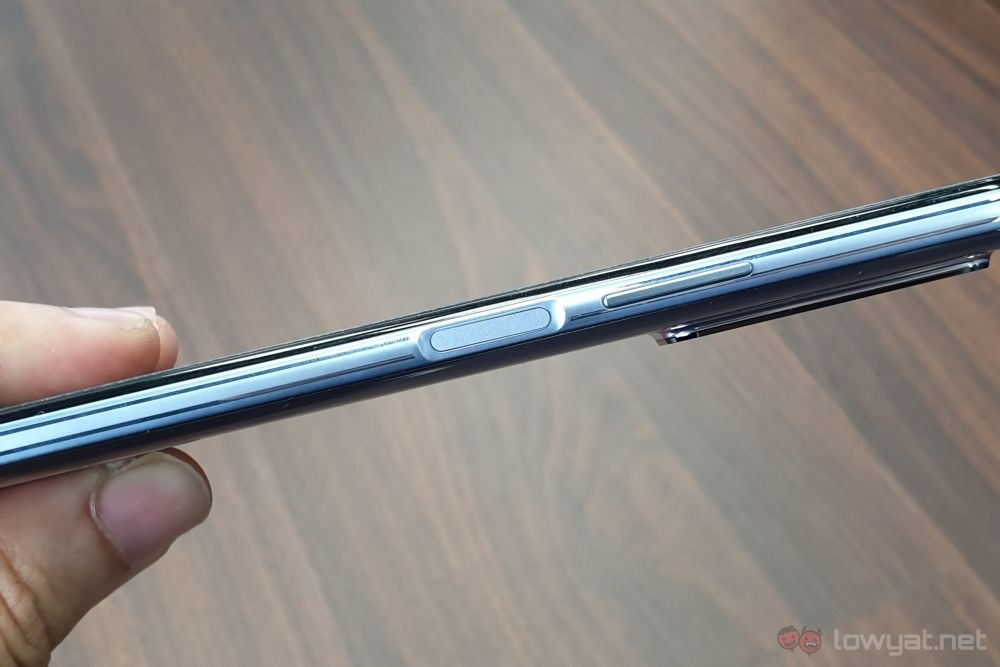
As far as design goes, Huawei managed to get certain things right with the nova 7 SE. One of them is the side-mounted fingerprint sensor that also acts as the power button, and I’ve said in a couple of other reviews before that this is ergonomic genius. Hence, there is no surprise as to why I think so with this phone.
Of course, that’s not all that it has going for it. Another good bonus is the fact that the phone comes with a 3.5mm audio jack. It’s difficult to overstate the greatness of its presence, considering more and more phone makers are rushing to get rid of it.
The presence of the USB-C charging port is also a plus point, but for the opposite reason – phone makers can’t adapt this standard fast enough.
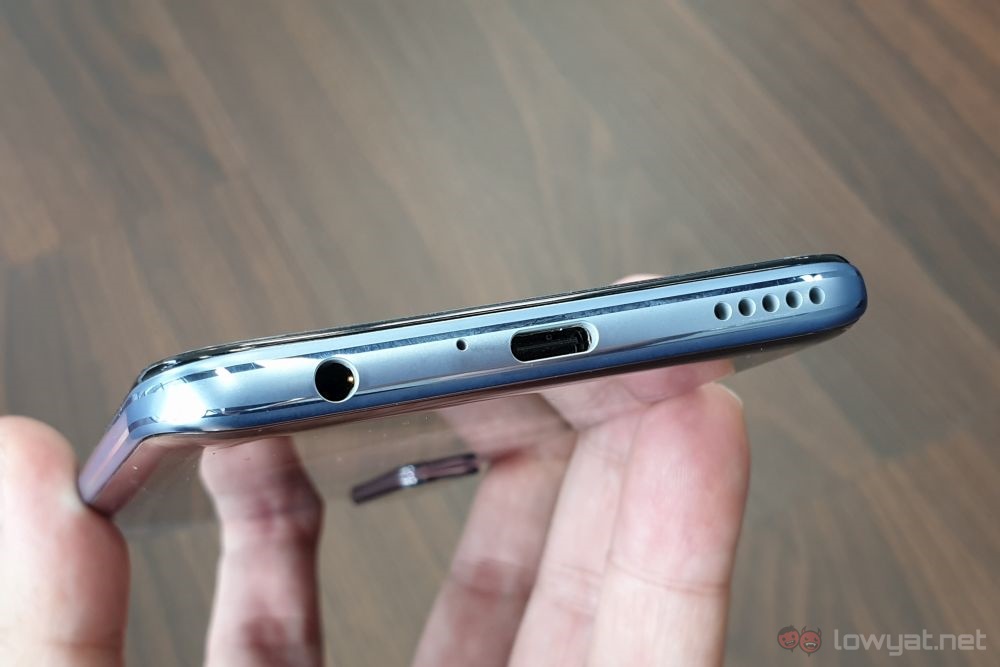
However, the Huawei nova 7 SE is a surprisingly hefty phone. It’s not the thinnest phone by any measure, but it feels like it has a lot more weight in your hands than it looks. That being said, it’s not to the extent where you’ll feel a strain on your wrist or fingers if you hold it for too long.
But beyond all that, the Huawei nova 7 SE is not especially remarkable in its design. You have a slight chin and a punch hole camera cutout at the top left corner, but it’s otherwise a full-screen experience in front.
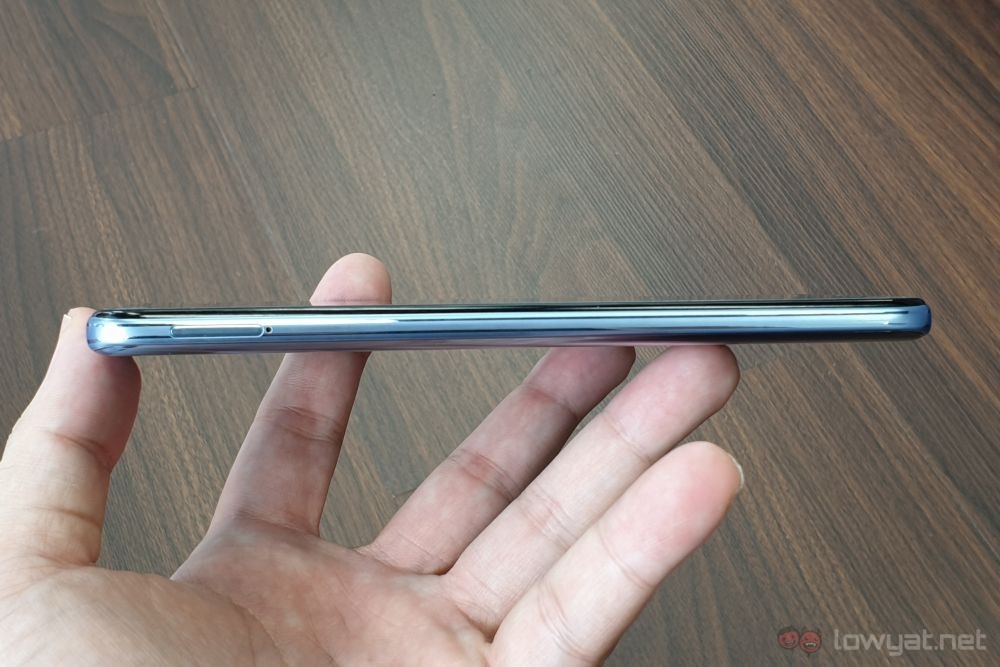
On the back, you have a rectangular camera island with four lenses. The left is where you see the SIM tray. The right, above the fingerprint scanner / power button is the volume rocker, and at the bottom, on the right side of the USB-C port and the 3.5mm audio jack is the mono speaker grille.
User Experience
For those who have used Huawei devices before will be familiar with the way the EMUI works. Where rather than the three buttons at the bottom on your usual Android devices, the Huawei nova 7 SE uses gestures for your navigation instead. They are mostly pretty intuitive. You swipe up to get to the home screen or swiping to the sides to go back, for example. But if you’ve been using the gesture controls of Android 10, you may find yourself swiping up from the bottom corner rather than just to the sides. Nothing a little readjusting can’t solve.
But more importantly, with the phone running Huawei Mobile Services, getting the apps that you usually use can get complicated. In fact, it used to be a lot more complicated, since you have to sideload your apps manually by downloading and installing APKs. This has been made a little simpler with the addition of Petal Search.
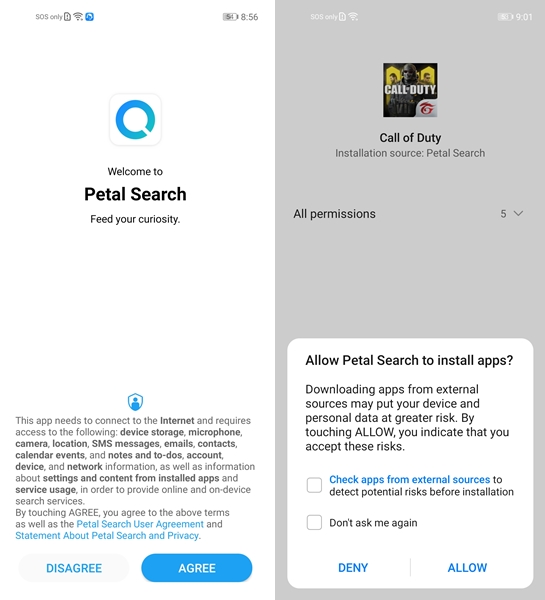
Petal Search is essentially a search engine for app APKs. Since a lot of apps are still not on the Huawei AppGallery, the company has included this in the more recent EMUI updates. As mentioned earlier, this is a stopgap solution, as it allows you to simply search for the APK file of apps that you use, and install them for you.
This allows you to mostly run apps as if you were using any other phone. And I say mostly, because some apps require GMS to provide you their full functionality. Some apps will, for instance, not have notifications, while others may crash outright if you try to launch them. Fortunately, unless they’re made by Google, you should have most of your apps’ functionality intact. As a side note, an interesting exception here is Google Maps.
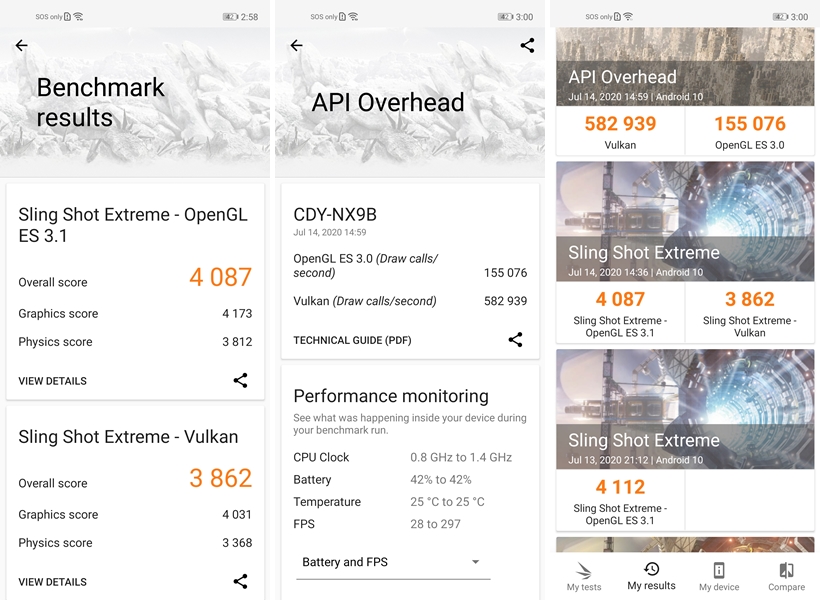
In terms of performance, the Kirin 820 chipset inside the Huawei nova 7 SE actually works quite a bit better than expected. At least, where the synthetic benchmarks are concerned. There’s no discernible lag while gaming, which is always a nice quality to have.
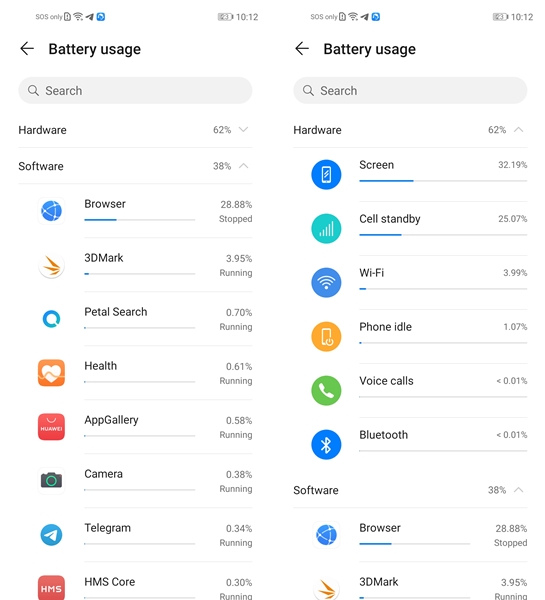
Battery life performs within expectations as well. With light to moderate use, you can get two days’ worth of juice from the phone. But with heavy use, it’s safer to just charge it overnight or while you’re getting ready the next morning. But if you’re in the mood for a video marathon, the Huawei nova 7 SE can run for about 18 hours and 40 minutes. As for charging, the 4000mAh battery goes from flat to full in under three hours.
Camera
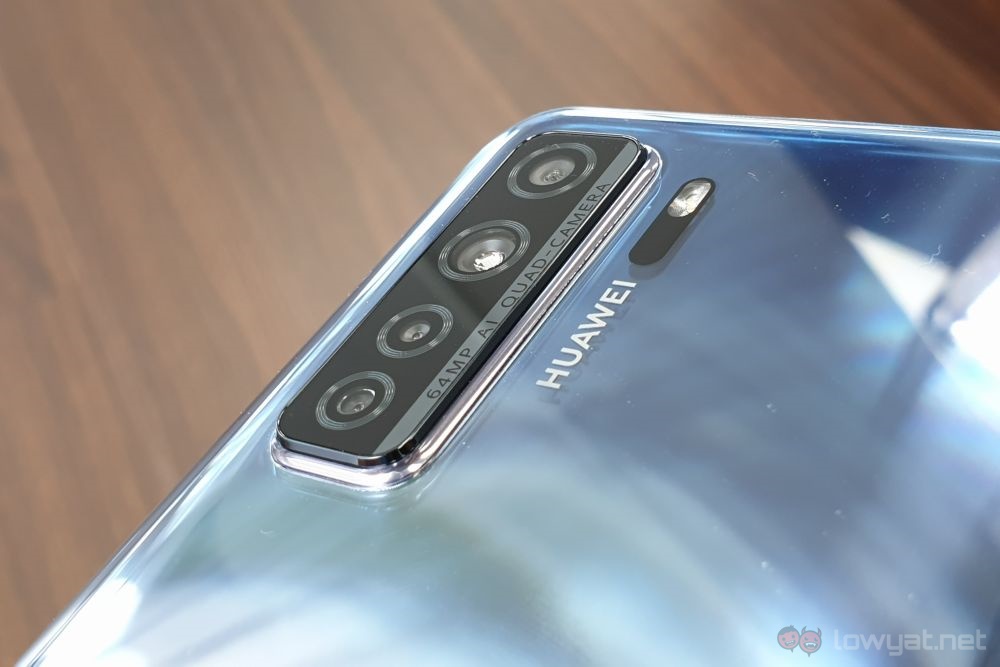
The four cameras on the Huawei nova 7SE are an 64MP main + 8MP wide-angle + 2MP macro + 2MP portrait shooters. It’s a pretty common setup these days, which is a good thing. But beyond the portrait shooting mode, the macro and 64MP shooting mode – called High-Res mode – are hidden behind an extra menu. It’s a common inconvenience with many phones with high resolution main cameras, which remains unremedied.
The image quality is pretty good for its price. But as is quite common with phones in this range by the Chinese brands, the shots often look very obviously sharpened. Most of the time, it’s fine because you won’t notice it unless you go looking for the signs. But once in a while you’ll get a shot that just looks very unnatural as a result.
Sample Images
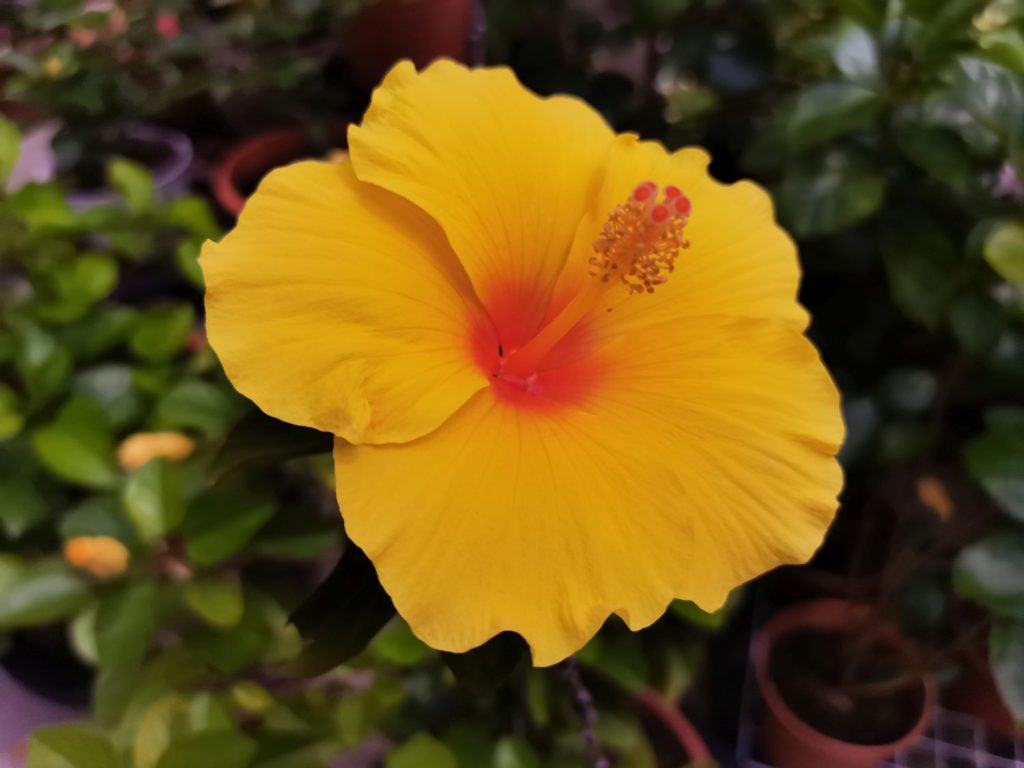
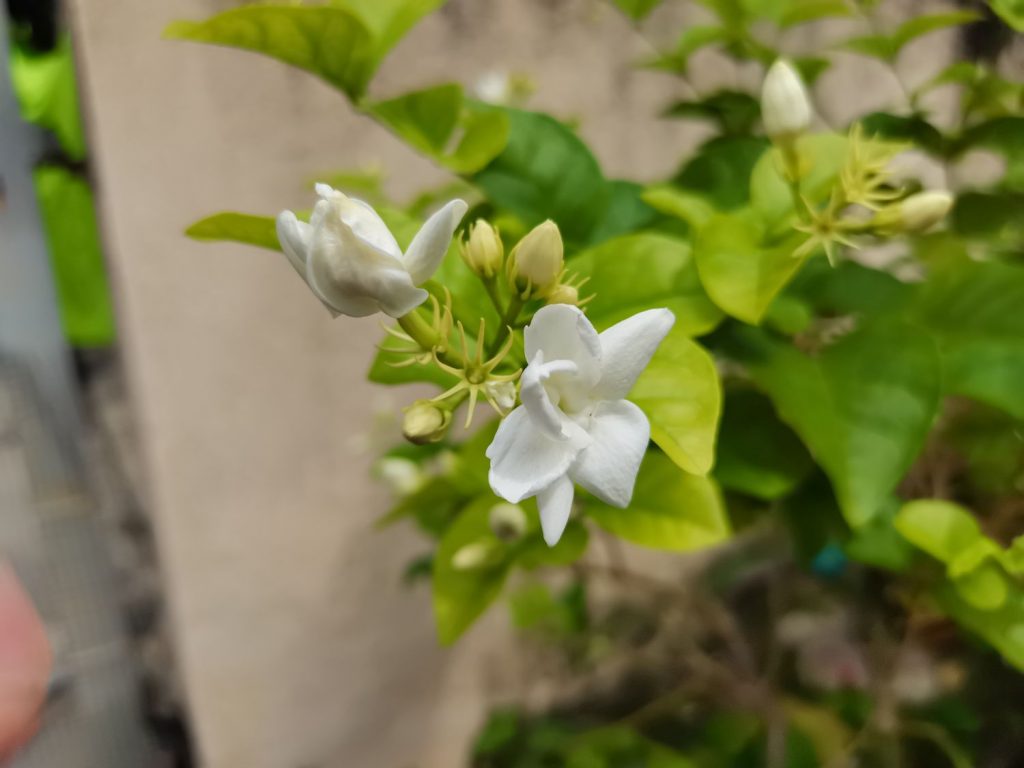
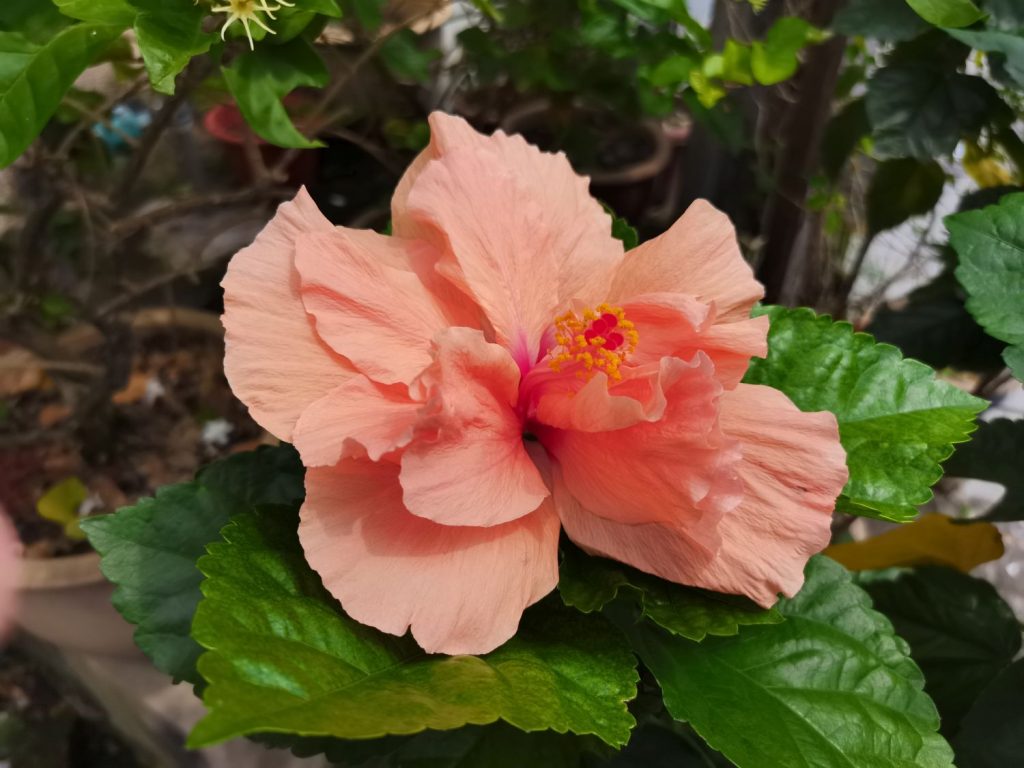
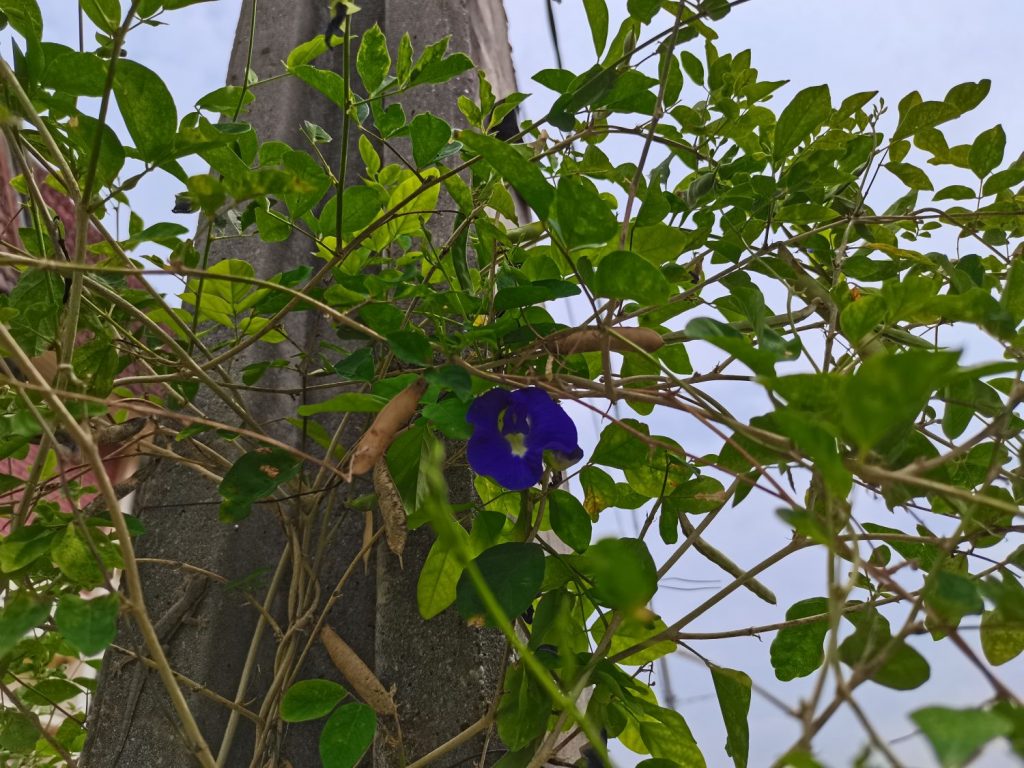
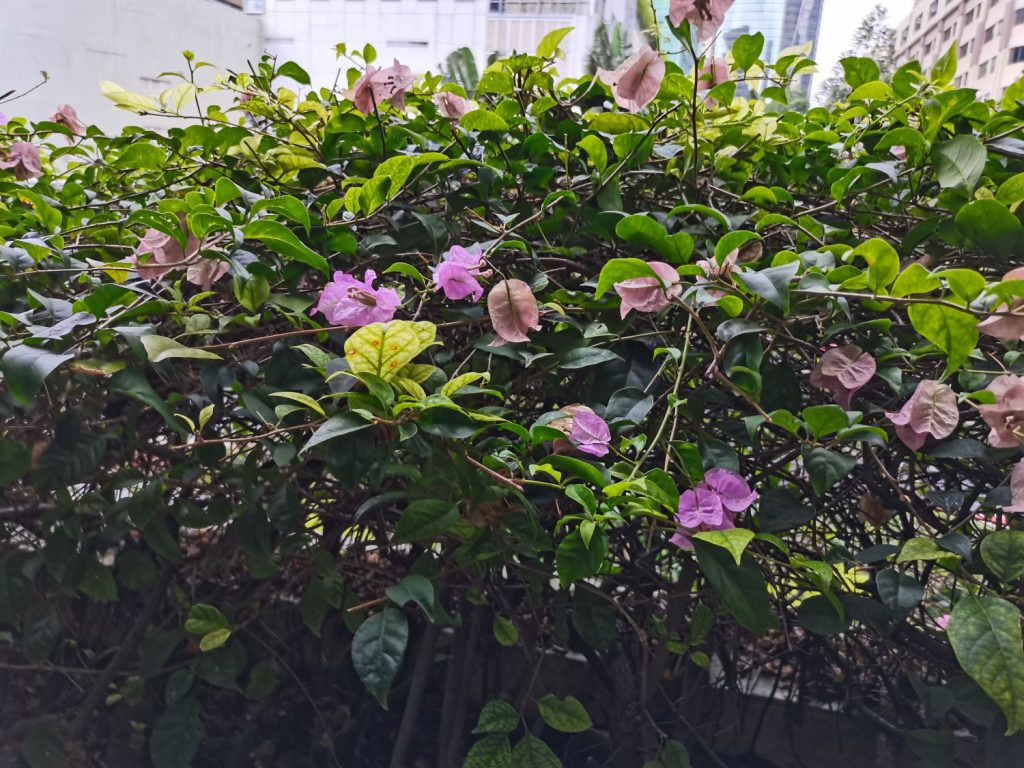
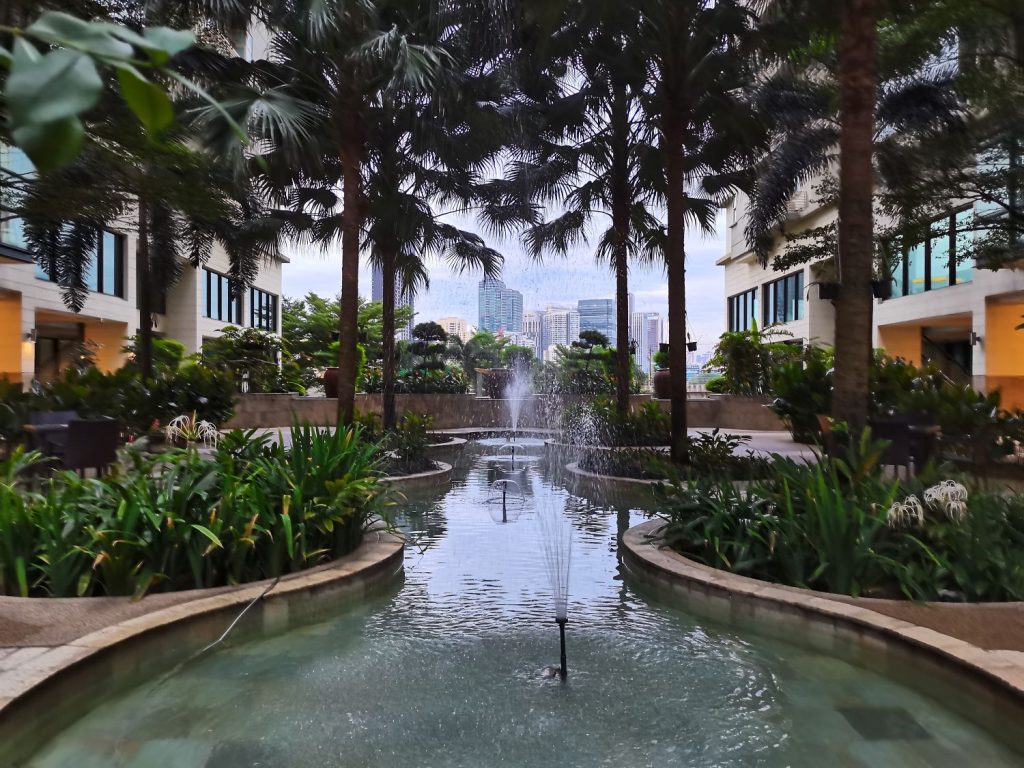


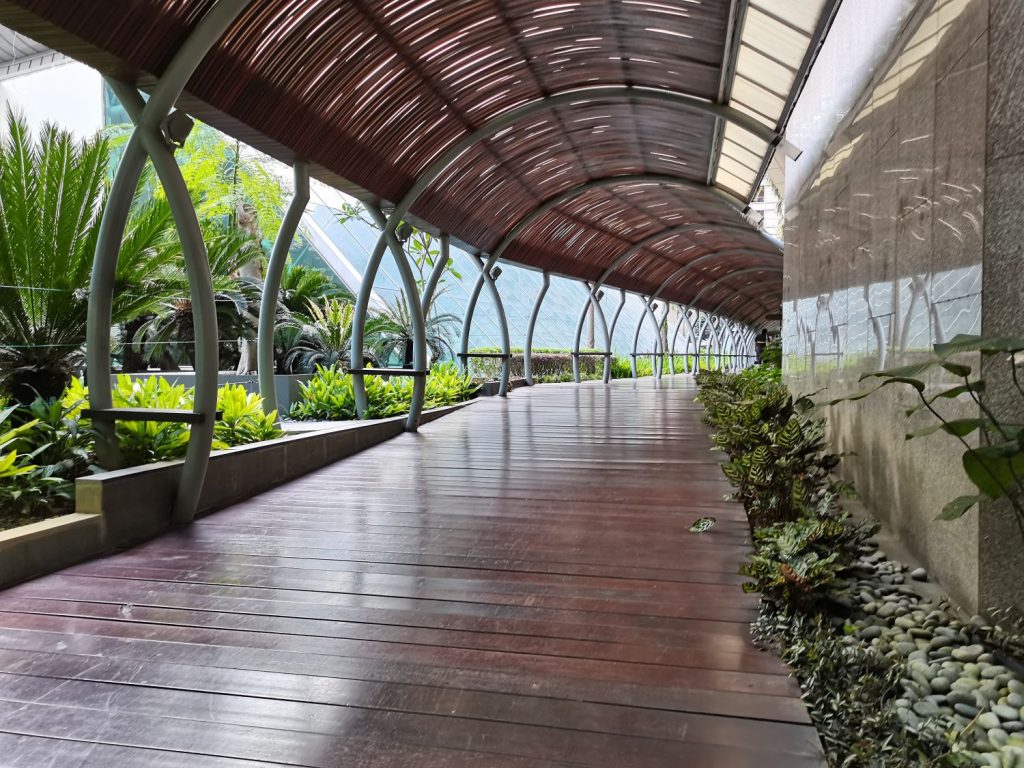
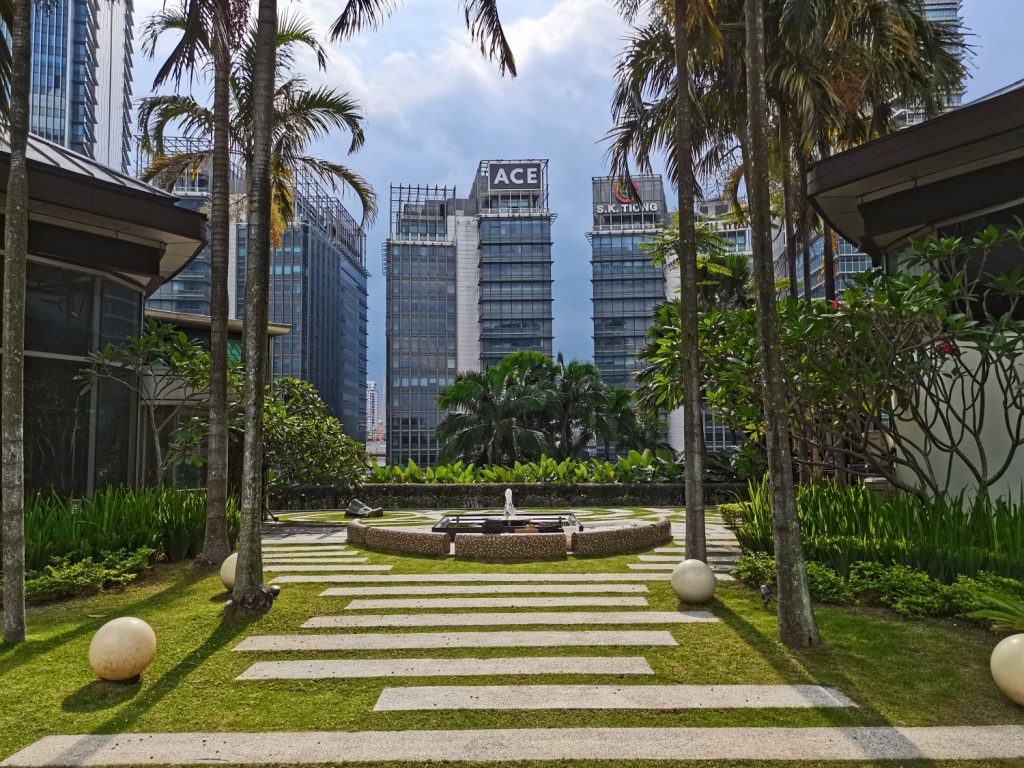


Competition
The Huawei nova 7 SE comes priced at RM1499. There’s this nagging feeling that says that the phone will be a little more affordable if it wasn’t 5G capable. That being said, it still has the distinction as the most affordable 5G-ready phone.
But of course, the fact that it’s priced where it is means there’s some stiff competition to be had.
realme 6 Pro
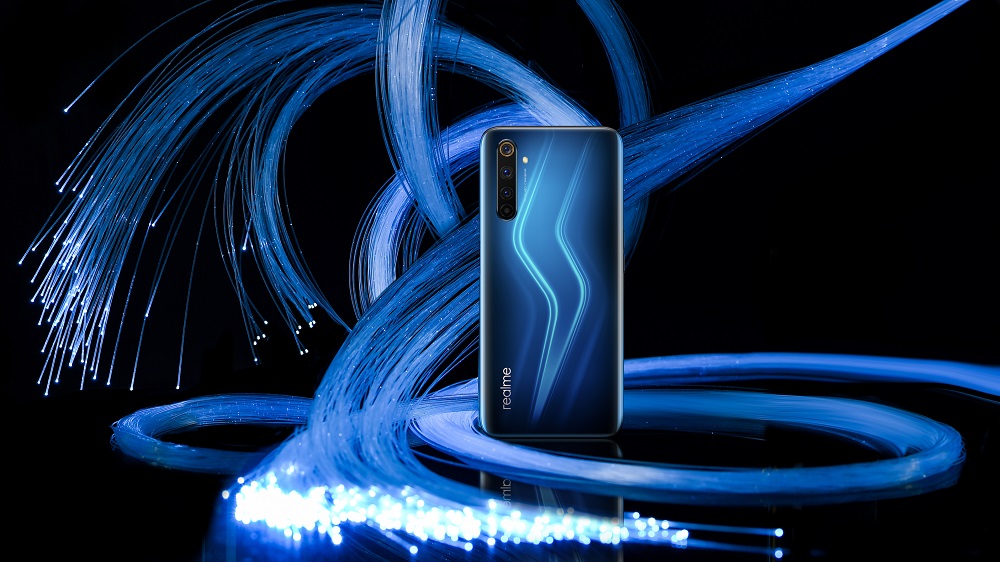
The realme 6 Pro is one of the first phones that come to mind in this price range. This is simply due to it being uncharacteristically being priced above its usual RM1099 point, now at RM1399. Regardless, this is a phone that comes with a Qualcomm Snapdragon 720G chipset, 8GB of RAM, 128GB of internal storage, and a 43000mAh battery.
As for cameras, it has a 64MP + 12MP + 8MP + 2MP quad camera combo at the back. In front, it comes with a 16MP shooter.
Xiaomi Mi Note 10 Lite
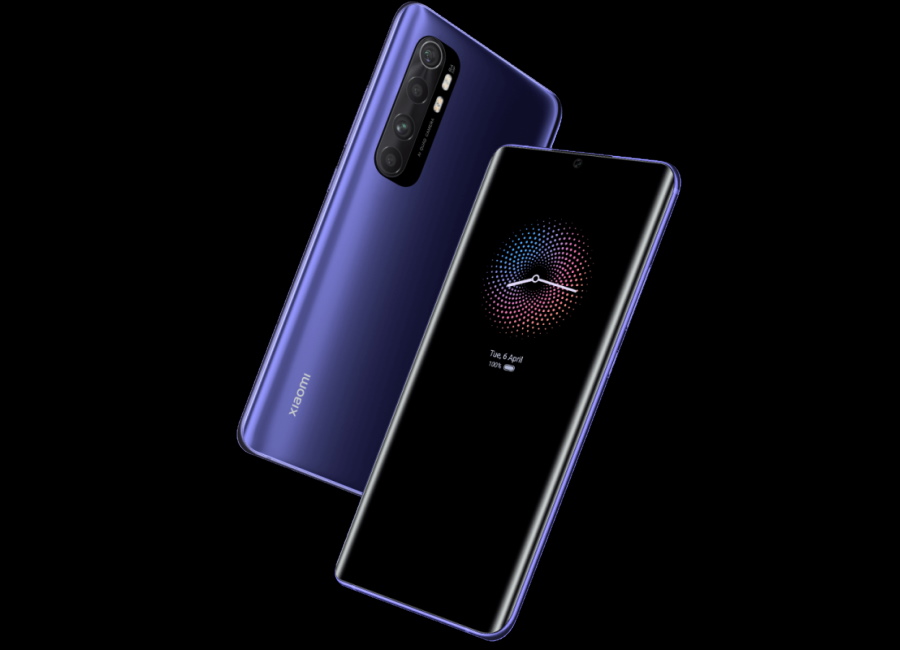
Going the other direction in terms of price, we have the Xiaomi Mi Note 10 Lite, priced at RM1599. This has a Qualcomm Snapdragon 730G chipset, a 6.7-inch Full HD display, 8GB of RAM, 128GB of storage, and a 5260mAh battery.
On the camera department, this phone comes with a 64MP + 8MP + 5 MP + 2MP quad camera combo.
Conclusion
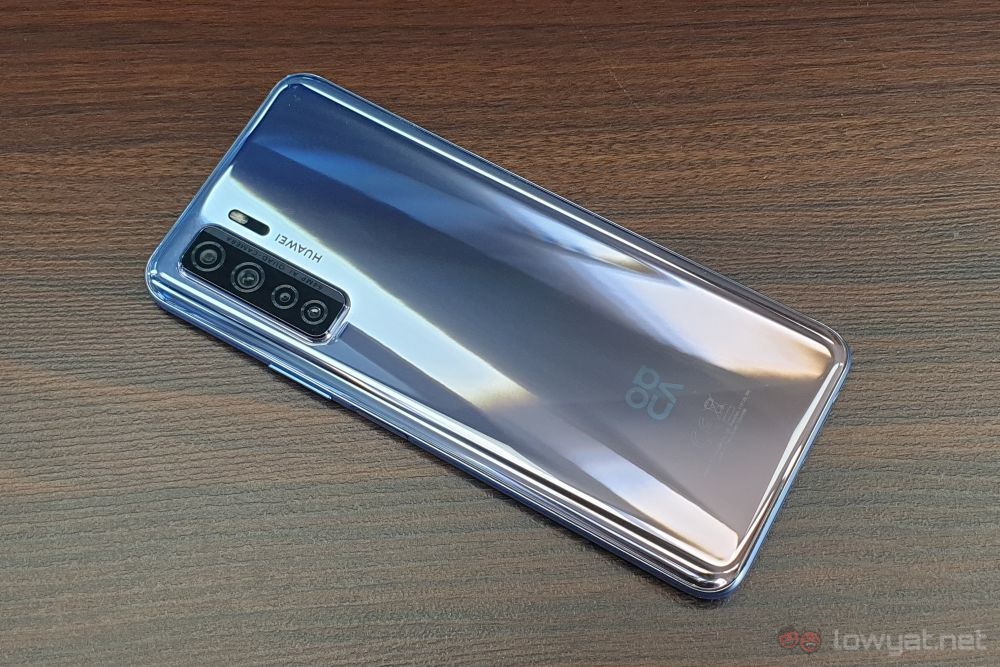
The Huawei nova 7 SE starts off with a clear disadvantage compared to many other Android phones in the market. And that is the lack of GMS. But now, with Petal Search, most of the problems have been aleivated, and you can quite comfortably live with it. Unless, of course, you rely heavily on, say, Google Drive.
But that aside, the phone itself is pretty good. With the Kirin 820 chipset, the user experience is generally works well. It even comes 5G ready, so if you intend to keep the phone for a long time, you’ll even be able to make use of the upcoming wireless standard.
But if you’re looking to replace it soon, then it may mean that you’re paying a little more than you need to, for tech that you can’t use yet. It’s definitely something to consider when picking up a phone in this price segment. In addition to if you can live without GMS, of course.
Follow us on Instagram, Facebook, Twitter or Telegram for more updates and breaking news.


